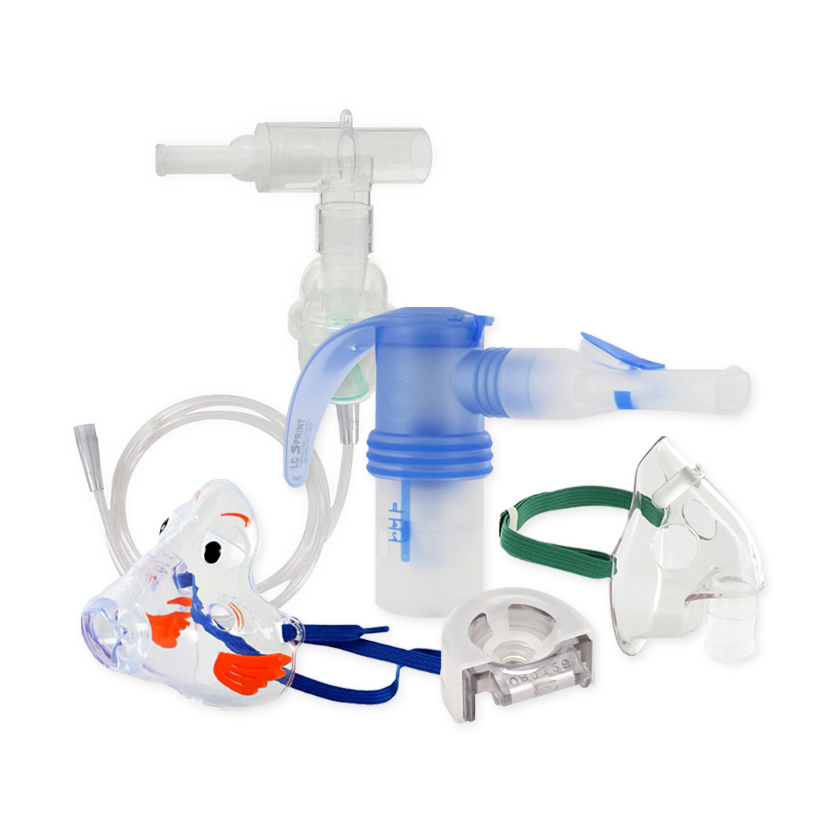Your Cart is Empty
Free Shipping on all orders over $75!
Menu

Free Shipping on all orders over $75!
Nebulizer Systems
Travel Nebulizers
Nebulizer Accessories
Just For Kids
Oxygen Supplies
Common Nebulizer Questions Answered
December 06, 2012 1 min read
1. What’s the difference between a nebulizer and a compressor?
Though often referred to as a nebulizer, the machine part is actually the compressor  because it compresses air to turn liquid medication into mist. The nebulizer is the part you attach to the compressor and breathe through.
because it compresses air to turn liquid medication into mist. The nebulizer is the part you attach to the compressor and breathe through.
2. How long do nebulizer treatments take?
This varies from nebulizer to nebulizer. But typically treatments take between five and fifteen minutes. Fast treatment times are a selling point for many of our nebulizers.
3. Why are my treatments taking longer than they used to?
Nebulizer sets (not the compressor) need to be cleaned regularly. Also, make sure to replace your nebulizer cups and filters as recommended.
4. Can nebulizers be used by all ages?
Definitely. Nebulizers are often the best way for young children or the elderly to receive medication, as inhalers take more coordination to use. Nebulizer masks come in child and adult sizes and there are even pacifier attachments. Many middle-aged men and women also prefer nebulizers to inhalers.
5. What should I do if I start to feel dizzy during a treatment?
This happens to patients on occasion. Simply turn off the compressor and take a break for five minutes. When you restart the treatment, be sure to breathe slowly.
6. Can distilled water be used in the medicine cup for humidified inhalation?
Yes. Humidity can help open up airways, which is one of the reasons nebulizers are such an effective medication delivery system. If you want, you can use them to breathe humidified air without medication.
Subscribe
Sign up to get the latest on sales, new releases and more …

NEW CUSTOMERS SAVE $5 OFF YOUR FIRST PURCHASE OF $20 OR MORE
Code will be sent to email entered if applicable
SIGN UP FOR FUTURE SALES, NEW PRODUCTS AND ANNOUNCEMENTS
{"themeColor":"#061f77","iconColor":"#061f77","showLogo":true,"topBottomPosition":0,"rightLeftPosition":5,"iconSize":"large","iconCustomSize":64,"position":"middle-right"}



